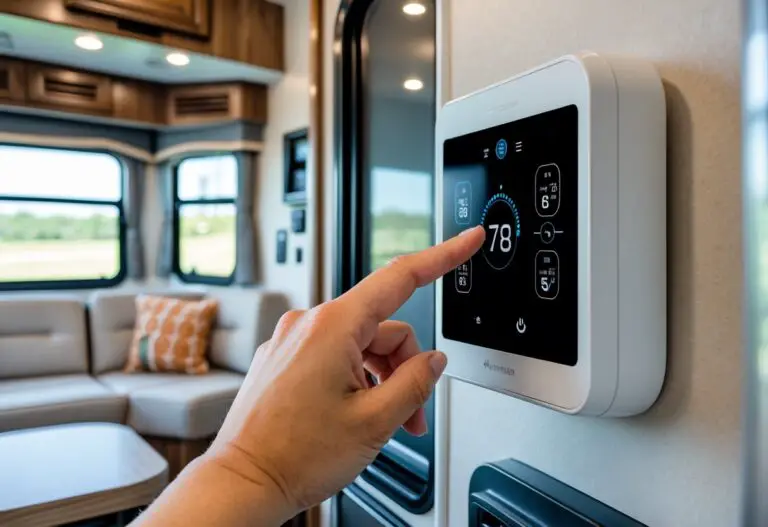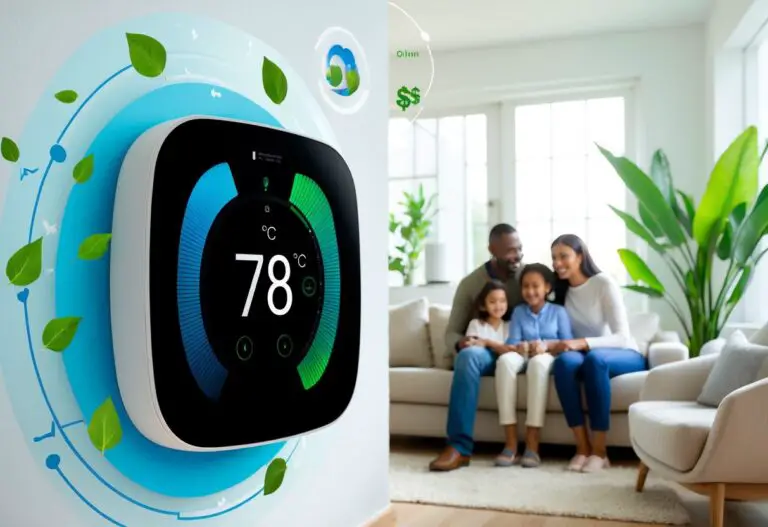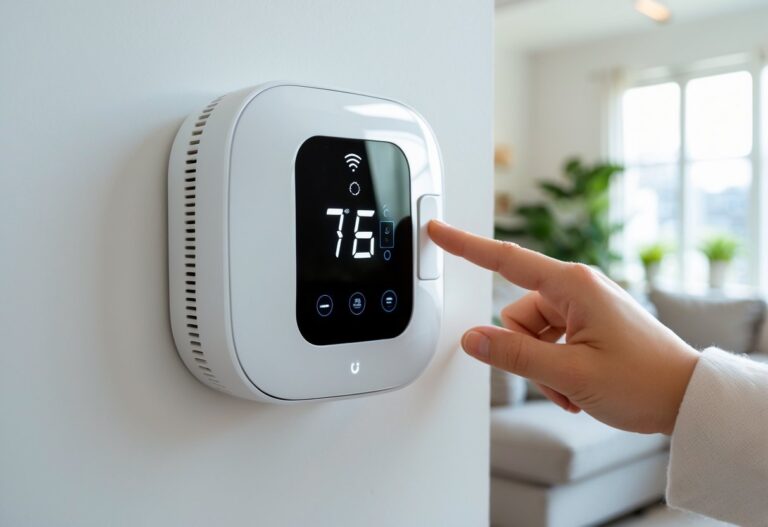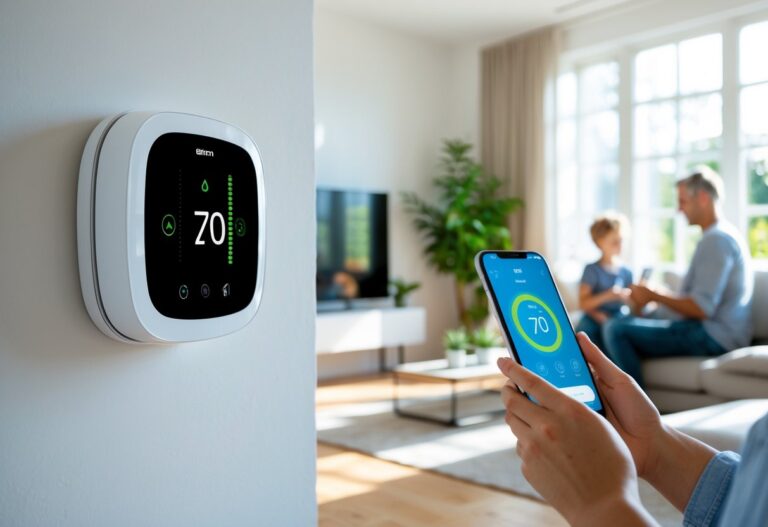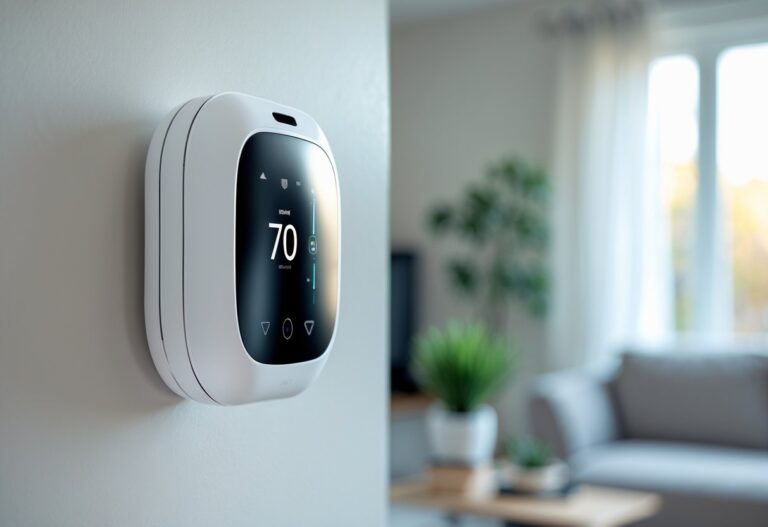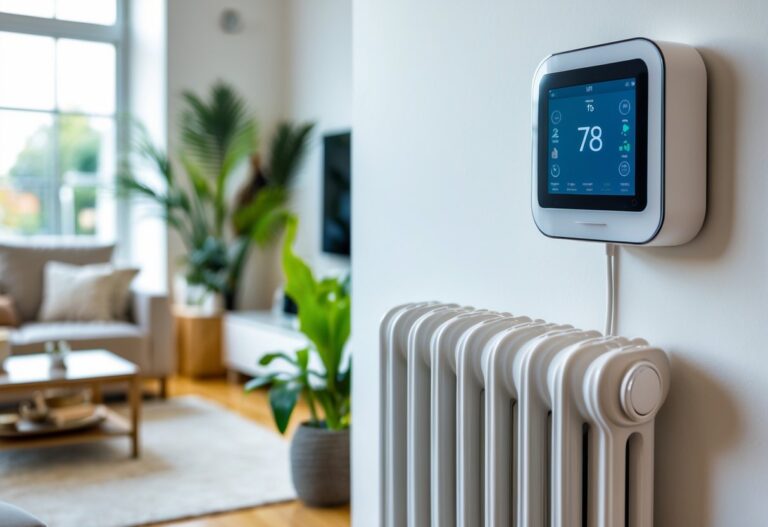If you’ve ever wondered if your home can use two smart thermostats, you’re not alone. Many people with larger or multi-story houses want better control over their heating and cooling. Yes, you can use two smart thermostats in the same home, and it often leads to improved comfort and energy efficiency.
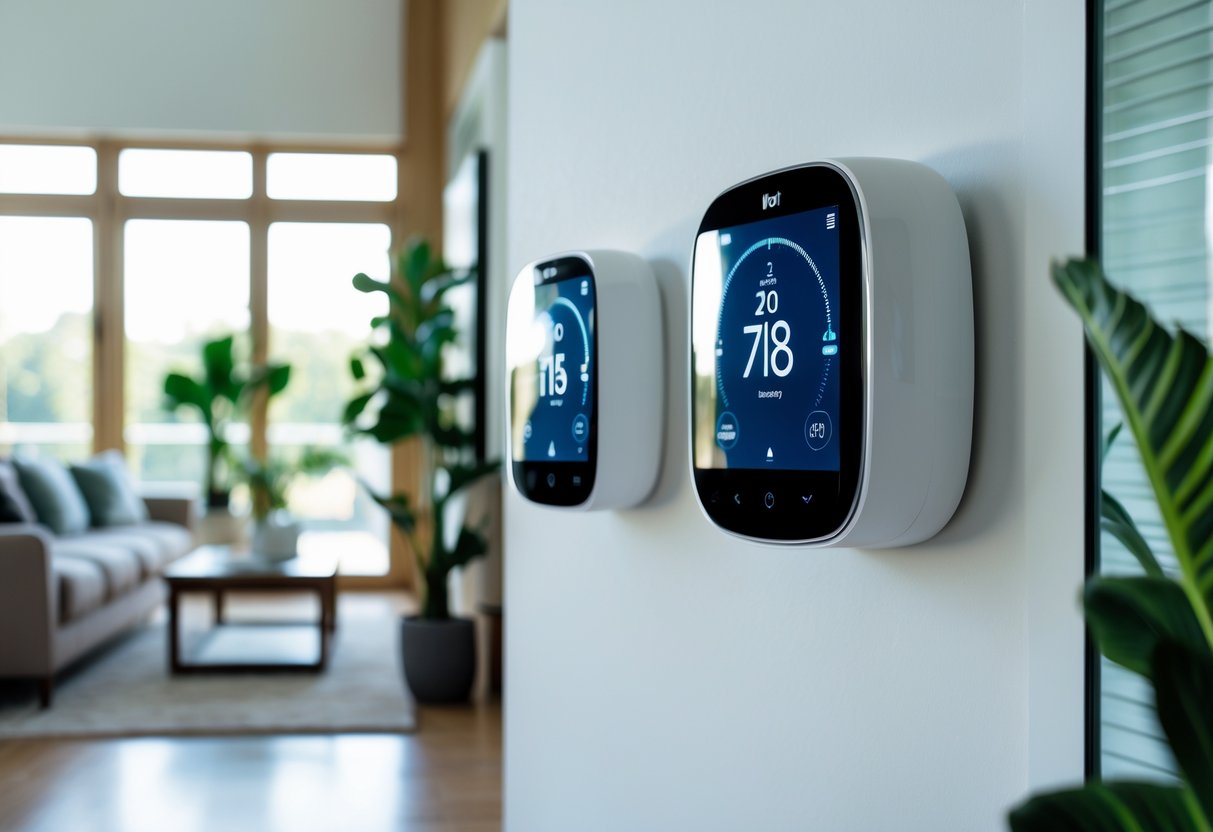
Setting up two smart thermostats means you can easily manage the temperature in different areas or floors. This flexibility is a great way to tailor your heating and cooling, especially if some parts of the house are used more than others. It can also help you save money by only running systems where needed.
Before you get started, there are a few important things to consider. Each thermostat will need to be compatible with your current HVAC setup, and both may need to be installed and configured carefully to work together smoothly. Keep reading to find out what you need to know to make two smart thermostats work for you.
Key Takeaways
- You can use two smart thermostats in one home.
- Managing them gives you more comfort and efficiency.
- Installation needs some planning and setup.
Can You Have Two Smart Thermostats in One Home?
You can install two smart thermostats in your house if your heating and cooling setup supports it. This can help you control temperatures in different areas more accurately and can sometimes save energy.
Compatibility With HVAC Systems
Before adding a second thermostat, check if your HVAC system supports zoning. Zoning lets you divide your home into sections, each with its own thermostat and settings.
Most single HVAC units require a zone control box and zone dampers to work with two thermostats. These devices open and close in the ductwork as needed.
Not every HVAC system is set up for zoning out of the box. For example, older systems might need professional upgrades. If you have a newer system, features like zoning may already be built in.
Many smart thermostat brands list which HVAC setups they support. Popular models like Ecobee and Nest should work if your home can be divided into zones.
When a Second Thermostat Is Needed
A second thermostat is most helpful in multi-story homes or larger houses. Temperature can differ a lot between upstairs and downstairs, or in rooms facing sunlight.
If you notice hot or cold spots in your home, two thermostats may help. They let you customize heating or cooling for certain rooms or zones.
Other reasons for a second thermostat include:
- A basement living area that needs separate control
- An addition or remodeled area with its own system
- A garage or workspace you use year-round
If your smart thermostat only supports one zone, adding another device gives you control over each space. If your system can use sensors, that may be enough for small adjustments, but a full second thermostat is best for true zoning.
Device and App Integration Options
When installing two smart thermostats, it’s important to check if the devices can work together in one app or account. Most top brands, such as Nest and Ecobee, let you manage more than one thermostat in their mobile apps.
With app integration, you can set schedules for each thermostat, adjust temperatures remotely, and monitor usage for each zone. This is all done from one account or screen.
Some advanced thermostats support multiple remote sensors per device. For complex layouts, you may need extra thermostats instead of just sensors.
Make sure both thermostats are compatible with your smart home system, such as Alexa, Google Home, or Apple HomeKit. Review the manufacturer’s guides to confirm that they support multiple devices in one home, and that they allow independent control for each area.
Benefits of Using Two Smart Thermostats
Using two smart thermostats gives you more control over your home’s temperature, can help cut
Considerations for Two-Story Homes
A two-story home often has different temperature needs on each floor. Smart thermostats can help create better control, comfort, and efficiency for each level when configured and installed correctly.
Optimizing Comfort Across Floors
Temperature often changes from floor to floor in a two-story home. The upper level usually gets warmer, especially in summer, while the lower level is often cooler. Using two smart thermostats lets you set custom temperatures for each floor.
When you have individual thermostats for each level, you can adjust schedules to match your family’s routines. For example, you might keep bedrooms cooler at night and focus on comfort in living spaces during the day.
With zone control, heating or cooling is only used where it’s needed. This can reduce energy use and prevent over-conditioning empty spaces. Smart thermostats with remote sensors can boost comfort by detecting rooms in use, fine-tuning temperatures automatically.
Addressing Common Hot and Cold Spots
Many two-story homes have hot spots upstairs and cold spots downstairs or in corners. This is often due to the way air moves, sunlight, or how the HVAC system is set up. Two smart thermostats help manage these temperature swings more effectively.
By dividing your home into zones—one for upstairs and one for downstairs—you can respond to hot and cold spots directly. Smart scheduling lets you heat or cool only the areas that need it.
In homes with long hallways or rooms far from the central system, wireless temperature sensors can be paired with thermostats. These sensors keep track of temperature in key areas, adjusting settings automatically for better comfort throughout the day.
Selecting the Right Thermostat Models
Not all smart thermostats work well in every two-story home. Before buying, check that the models you’re considering support zoning or multiple thermostats on the same HVAC system. Compatibility is key, especially if your system is older or has separate units for each floor.
Look for features like:
- Room sensors for balanced temperatures
- Easy scheduling and remote control
- Energy monitoring to see usage patterns
- Support for multi-zone HVAC or separate systems
Compare models from top brands and read reviews specific to multi-level homes. Some smart thermostats sync with each other, while others run independently, so match your choice to how your home is set up. If unsure, consult an HVAC professional to ensure safe and optimal installation.
Installation and Configuration Tips
Setting up two smart thermostats can improve comfort and energy use when done right. Careful placement, proper wiring, and clear control settings are key to your system’s success.
Ensuring Proper Wiring and Placement
Start by identifying if your home’s HVAC setup supports multiple thermostats. Most zone systems use separate wiring for each thermostat connected to a zone control board. If your system is not already zoned, you may need a professional to install dampers and update wiring.
Choose places to mount each smart thermostat that best represent the average temperature of each zone. Avoid spots near windows, vents, kitchens, or direct sunlight. These areas can produce readings that do not match the real comfort level of the entire zone.
Table: Good vs. Bad Thermostat Placement
| Good Placement | Bad Placement |
|---|---|
| Central hallway | Direct sunlight |
| Interior wall | Near vents or registers |
| Away from electronics | In the kitchen |
Check that the correct wires are connected to each thermostat. Common terminals are R (power), W (heat), Y (cool), G (fan), and C (common). Review your HVAC manual, and label wires before disconnecting any parts. Using the wrong wires can stop your system from working.
Avoiding Common Setup Pitfalls
Many installation problems start with network or compatibility issues. Confirm that both your smart thermostat and second thermostat are compatible with your HVAC system and each other. Some brands require every device in your home to be from the same manufacturer or to use a specific app or hub.
Before setup, ensure your Wi-Fi is strong and reliable in all areas where thermostats will be used. Dead spots or weak signals can prevent thermostats from syncing changes. Update your router if needed, or set up a mesh network for better coverage.
Test both thermostats after installation. Adjust the temperature in one zone, then the other, to check if the system responds correctly. If anything does not work as expected, revisit the wiring, app setup, or zone damper function.
Customizing Controls for Each Zone
With multiple smart thermostats, you can schedule or adjust settings for each area of your home. Most apps let you personalize heating and cooling times and preferred temperatures for every thermostat separately. This means you can keep bedrooms cooler at night while warming living spaces during the day.
Set up alerts or energy reports in your app to track usage for each zone. Smart thermostats often support integration with voice assistants such as Alexa or Google Assistant, allowing voice control of zones. Make sure your app groups each thermostat by location or room name—for example, “Upstairs” or “Basement.”
Optimize settings based on actual use. If one zone is not occupied during certain hours, set that thermostat to use less energy. Regularly check firmware updates for both your smart thermostat and second thermostat to keep features and security up to date.
